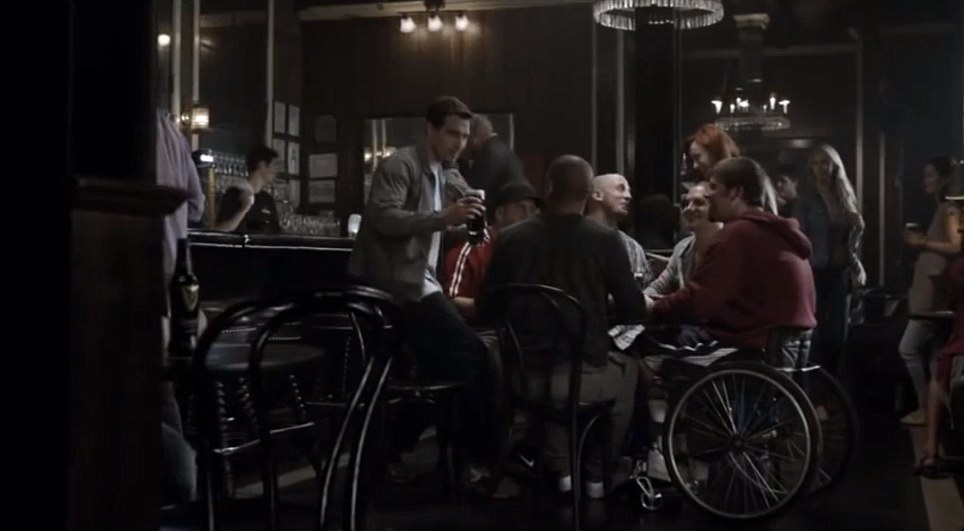If content is king, for business content marketing is emperor. And the craft of storytelling sits squarely next to its throne. Research and case studies bear out the truth universally acknowledged that there is no greater power than that of a good story.
As we discussed in our first post in this series, Picking the right story to tell your story is the first step. Now that you have that story in mind, what exactly do you want to say?
How do you ensure it has genuine impact?
And what does that impact look like?
First, just as if you were researching a new product idea, you need to do due diligence. That means you “do your reporting”, as journalists call the act of research. Only when you know your story inside out will you discover the best way to tell it (which we’ll discuss in the third post in this series).
As you launch into reporting, keep in mind where you want the story to go. It’s like following a recipe: you know what you want the dish to look like, and how it should taste. But you need to have the right ingredients in the right combination to get there.
Crucially, during the reporting process, remind yourself that the story isn’t about you – it’s about what you help your customers or clients accomplish.
In fact, the hero of the story should never be you – it should be either the problem you’re solving, or the opportunity you’re creating. After all, no matter how good your story is, it won’t be good for anything if it doesn’t resonate with your audience.
In business, that means your story shows how you can help that audience, either by resolving their problem, answering their needs or fulfilling their dreams.
Consider Airbnb. At its essence, it’s simply about travellers finding a roof over their heads. Explore its website, though, and you’ll find a very different approach: the beauty of being alive, of ‘having experiences’ and revelling in them. An entire section of the website is dedicated to stories from hosts and guests around the world, including blogs and videos.
Stories upon stories. Each one an adventure of its own, “reported” by the traveller to convey the thrill of the trip, in rich detail, illustrating how his or her life has been enhanced – thanks to Airbnb.
Showing, not telling.
In crafting this approach, Airbnb clearly began with a simple question: “Who is the audience and what is our message?” Once it was decided that its customers are the focus of the story, it became clear that it would be down to these customers to report the story that would perfectly illustrate Airbnb’s value.
The company could talk numbers – the millions of lodgings customers book, the millions of nights reserved via the site, the hundreds of countries, cities and towns in which it operates.
Instead, its focus is to make the story human.
Remember, for you to be successful, your audience must relate to your story, even if that story is highly technical or data-driven. Ultimately, you want to define your value in human terms.
Our brains are far more engaged by powerful images that stay in our minds than by cold, hard facts. A Nielsen study found that consumers want a personal connection when they gather information.
Researchers have amply demonstrated that it’s much easier for our brains to recall stories than data – which means the story should be simple and straightforward, but filled with meaningful detail that relates to the point of the tale. Those are the details you’ll gather as you “report the story.”
In the end, your reporting needs to cover the three key elements driving your story, no matter its length: The problem (the beginning of the story), which leads to the solution (the middle), which drives to your success (the end).
That’s what audiences expect from a good story. That’s what will show them your value.
CASE STUDY: GUINNESS’S “WHEELCHAIR BASKETBALL”
In this campaign, Guinness nails successful storytelling to market its
brand. The key factor that made this ad a slam-dunk – amassing three million views within four days of its online release – is that it made drinking Guinness a reflection of some of life’s highest values.
Watching people play wheelchair basketball is inspiring in its own right. But when you get to the ‘twist’ in the story – that all but one of the athletes are playing in wheelchairs so that ‘the court is a level field’ – it’s hard not to be still more inspired, and to admire still more their brew of choice.
Then, the voiceover: “The choices we make reveal the true nature of our character.”
Great “reporting”, even for a manufactured story: problem (playing an ambulatory sport in wheelchairs), solution (it can be played just as hard, fast and skilfully), success (friendship – and the right beer – overcomes life’s challenges).
Not only is this a powerful, heartfelt story, it relays a surprising and delightful emotional message, promoting loyalty, friendship, resilience and perseverance.
The key elements
The story is relevant to the target audience: young adults with a focus on maturity, friendship, sports, male bonding and sharing good times.
The message is simple: depicting a group of athletic, beer-drinking men defined as much by their compassion as their physical ability. The slogan seen at the end – “Made of More” – is brief, memorable and resonant.
The focus is on the customers: celebrating the customers (the basketball players), and “what they’re made of.” The product itself, Guinness, has very brief screen time (at the end).
It’s all about people: the product is a supporting character in the story, while the human element is central.
It’s different: not the stereotypical beer ad, Guinness is showing that men can be strong and sensitive.
It’s about the image: creating emotional engagement, Guinness is ensuring that you won’t forget this commercial – or the beer behind it.
Next: Now you’re ready to write the story. Uh, how?


